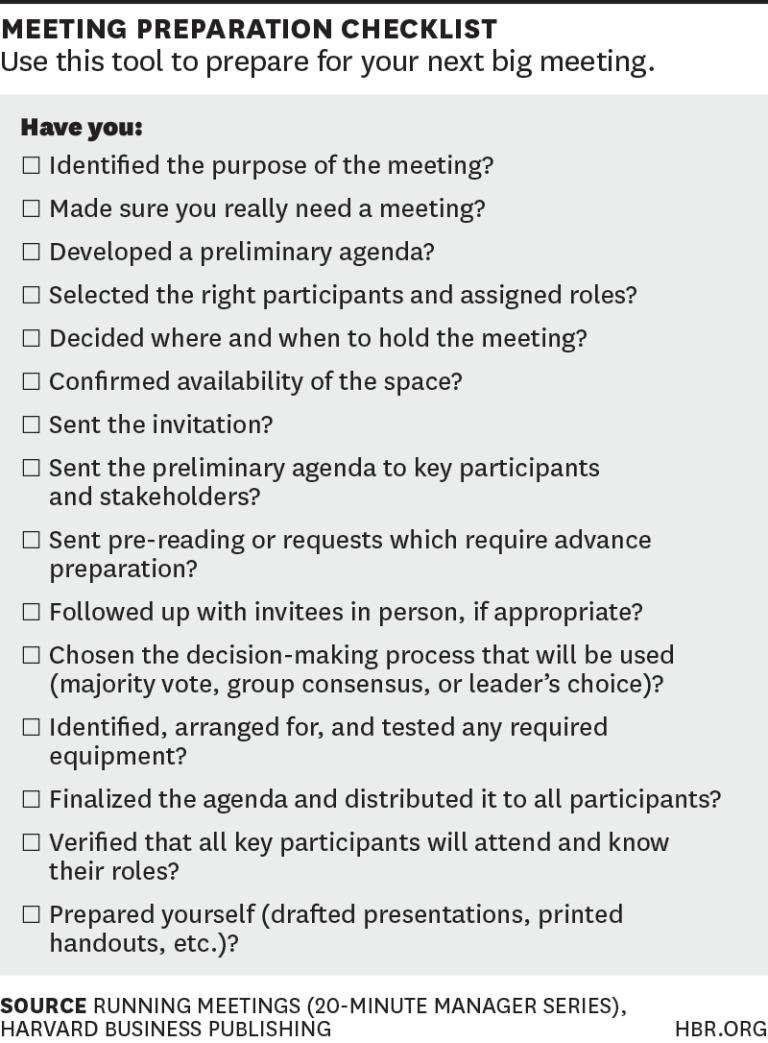How To Be An Effective Leader Of Hybrid Teams?
To be an effective leader of hybrid teams, communicate regularly and clearly with team members, establish expectations and goals, and provide support and flexibility to accommodate different working styles and environments. Integrating remote and in-person team members in a hybrid work environment can bring unique challenges for leaders.
Today, many organizations are adopting hybrid team structures to leverage the benefits of both remote and in-office work. However, effectively leading hybrid teams requires a different set of skills and strategies compared to traditional team management. Leaders need to navigate the complexities of managing a diverse team, bridging the communication gap, and cultivating a strong team culture, all while ensuring everyone is engaged and working towards the common goals.
We will explore key steps and best practices for becoming an effective leader of hybrid teams.
Understanding Hybrid Teams
Definition of Hybrid Teams:
A hybrid team refers to a group of individuals who collaborate and work together towards achieving common goals, despite being geographically dispersed. In a hybrid team, some members are located in a physical office space, while others work remotely from different locations.
Benefits:
- Increased flexibility: Hybrid teams offer flexibility to team members, allowing them to work from home or any location of their choice. This flexibility not only enhances work-life balance but also increases job satisfaction and productivity.
- Access to diverse talent: By embracing remote work, hybrid teams can tap into a larger pool of talent. This enables organizations to acquire skilled professionals regardless of their geographical location, leading to enhanced creativity and innovation.
- Cost savings: Having remote team members can significantly reduce expenses associated with traditional office setups, such as rent and utilities. This cost-saving opportunity is highly attractive for companies looking to optimize their budget.
- Increased productivity: Hybrid teams have the advantage of uninterrupted work, as remote team members can avoid distractions commonly found in busy office environments. Furthermore, the flexibility of working hours allows individuals to be more productive during their peak performance times.
Challenges:
- Communication barriers: Hybrid teams may face challenges in maintaining effective communication. Differences in time zones, varying work schedules, and reliance on technology for communication can hinder seamless collaboration.
- Building team rapport: It can be more challenging to build strong relationships among team members, as there may be limited face-to-face interactions. Lack of physical proximity may affect trust and cohesion within the team.
- Managing different work styles: Hybrid teams consist of individuals who may have different work styles and preferences. Leaders must find ways to accommodate these differences and ensure everyone feels included and valued.
- Technology issues: Reliance on technology for virtual collaboration can pose technical difficulties such as connectivity issues, software compatibility problems, and cybersecurity risks. Adequate training and support should be provided to minimize these challenges.
Developing Effective Communication
Developing effective communication as a leader of hybrid teams involves clear and concise communication, fostering trust, and leveraging technology for seamless collaboration. By implementing these strategies, leaders can effectively navigate the challenges of leading remote and in-person teams, ensuring efficient communication and alignment.
When it comes to leading hybrid teams, developing effective communication is crucial for success. With teams scattered across different locations, it becomes even more important to establish clear channels and encourage open dialogue. In this section, we’ll discuss these two vital aspects of communication in detail.
Establishing Clear Channels
One of the first steps in developing effective communication for hybrid teams is establishing clear channels. This means providing a reliable platform for team members to connect and ensuring that everyone understands how to use it. Clear channels help facilitate smooth communication and avoid any miscommunication that may arise due to the physical distance.
Here are a few ways you can establish clear channels:
- Invest in a reliable communication tool that meets the needs of your hybrid team. It could be a messaging platform like Slack or a project management tool like Asana.
- Set expectations regarding the channels to be used for different types of communication. For instance, you may use email for official announcements, chat for quick questions, and video conferences for team meetings.
- Ensure that all team members have access to the chosen communication tool and provide any necessary training or guidelines to ensure efficient usage.
- Regularly evaluate the effectiveness of the communication channels and make adjustments as needed.
Encouraging Open Dialogue
In addition to establishing clear channels, it is equally important to encourage open dialogue within the hybrid team. Encouraging open dialogue allows team members to share their thoughts, ideas, and concerns, fostering a collaborative environment even when working remotely.
Here are some strategies to promote open dialogue:
- Create a culture of psychological safety where team members feel comfortable speaking up without fear of judgment or reprisal.
- Schedule regular team meetings or virtual coffee breaks to provide opportunities for informal conversations.
- Encourage team members to actively participate in discussions, share their perspectives, and ask questions.
- Provide feedback and recognize contributions to encourage ongoing engagement and participation.
By establishing clear channels and encouraging open dialogue, leaders can nurture effective communication within hybrid teams. This not only improves collaboration and productivity but also helps build a sense of cohesion among team members, regardless of their physical location.
Building Trust And Collaboration
When it comes to leading hybrid teams, building trust and fostering collaboration is crucial for success. Trust serves as the foundation for effective teamwork, while collaboration ensures that team members work together seamlessly towards a common goal. In this section, we will explore two key aspects of creating a trusting and collaborative environment: fostering a culture of trust and promoting team collaboration.
Fostering A Culture Of Trust
Trust is the cornerstone of any successful team. Without trust, team members are unlikely to feel comfortable sharing ideas, taking risks, or supporting one another. As a leader, it is your responsibility to create a culture of trust within your hybrid team. Here are some strategies to consider:
- Lead by example: Demonstrate trustworthiness through your actions and words. Be transparent, honest, and accountable for your decisions.
- Encourage open communication: Create an environment where team members feel safe expressing their thoughts and concerns. Actively listen and show respect for everyone’s opinions.
- Value diversity: Embrace the unique skills and perspectives of each team member. Foster an inclusive environment that celebrates diversity and promotes open-mindedness.
- Recognize and appreciate contributions: Acknowledge the efforts and achievements of individuals within the team. A little gratitude can go a long way in building trust.
- Provide autonomy: Grant team members the freedom to make decisions and take ownership of their work. Trust them to deliver results and avoid micromanaging.
Promoting Team Collaboration
Collaboration is at the heart of hybrid team success. When team members work together effectively, they can leverage each other’s strengths and achieve more collectively. Here are some strategies to promote collaboration within your hybrid team:
- Set clear goals and expectations: Clearly communicate the team’s objectives and the role each member plays in achieving them. Ensure that everyone understands their responsibilities and how they contribute to the bigger picture.
- Establish regular communication channels: Encourage team members to stay connected through virtual platforms and tools. Schedule regular check-ins, meetings, and brainstorming sessions to facilitate collaboration.
- Encourage knowledge sharing: Create a culture of continuous learning and development. Foster an environment where team members are eager to share their expertise and help one another grow.
- Promote cross-functional collaboration: Encourage collaboration between team members from different departments or areas of expertise. This diversity of perspectives can lead to innovative solutions and creative problem-solving.
- Provide opportunities for teamwork: Assign projects or tasks that require collaboration between team members. Foster a supportive atmosphere where individuals can work together towards a common goal.
Setting Clear Expectations
As an effective leader of hybrid teams, setting clear expectations is crucial. By establishing transparent goals and communication channels, leaders can ensure everyone is aligned and on the same page, promoting collaboration and productivity.
Defining Roles And Responsibilities
Setting clear expectations is crucial for effective leadership in hybrid teams. When team members are working remotely and in-office, it’s important to establish and communicate clear roles and responsibilities. Defining individual roles helps each team member understand their specific tasks and contributes to the overall success of the team. One effective way to define roles and responsibilities is by creating a detailed table that outlines each team member’s tasks, deliverables, and timelines. This table can be shared with the entire team, ensuring everyone understands the responsibilities of each team member. By clearly defining roles, each team member knows what is expected from them, resulting in better collaboration and accountability. Another way to define roles and responsibilities is by having one-on-one meetings with each team member. These meetings offer an opportunity to discuss individual strengths, interests, and goals. By understanding each team member’s capabilities, leaders can assign tasks accordingly, ensuring that they align with the interests and skills of the team member. This not only increases motivation but also improves overall team productivity.Setting Performance Goals
In addition to defining roles and responsibilities, setting performance goals is critical for effective leadership of hybrid teams. Setting clear and measurable goals helps team members stay focused and motivated. It provides them with a sense of direction and purpose, even when working remotely. When setting performance goals, it’s important to make them SMART: Specific, Measurable, Attainable, Relevant, and Time-based. For example, instead of setting a generic goal like “Increase sales,” a SMART goal would be “Increase sales by 10% in the next quarter by implementing a new marketing strategy.” To effectively communicate performance goals, leaders can have a team-wide meeting or individual conversations. During these discussions, leaders can clarify the goals, explain their importance, and ensure that each team member understands what is expected of them. Regular check-ins and progress tracking can help keep everyone on track and provide an opportunity for leaders to offer support or make necessary adjustments to the goals. By setting clear performance goals, leaders can motivate and inspire their hybrid teams towards success, resulting in improved performance and outcomes.Embracing Flexibility And Adaptability
One of the key skills of an effective leader of hybrid teams is the ability to embrace flexibility and adaptability. In today’s fast-paced and ever-changing work environment, it is crucial to be able to quickly adjust to new circumstances and find innovative solutions to unexpected challenges. This section will explore two important aspects of embracing flexibility and adaptability as a leader: emphasizing work-life balance and adapting to changing work environments.
Emphasizing Work-life Balance
Work-life balance is a critical factor that contributes to the overall well-being and productivity of team members, especially in a hybrid working model. As a leader, it’s vital to prioritize the importance of achieving a healthy balance between work responsibilities and personal life. Here are some tips to emphasize work-life balance within your hybrid team:
- Encourage open communication and create a supportive work culture that values personal time.
- Set clear boundaries and expectations for both work and personal time, ensuring everyone understands the importance of unplugging and recharging.
- Lead by example and demonstrate your own commitment to work-life balance. Encourage team members to take breaks, utilize vacation days, and avoid overworking.
- Offer flexible scheduling options that accommodate individual needs and promote better work-life integration.
- Provide resources and support for mental health and well-being, such as access to counseling or mindfulness programs.
Adapting To Changing Work Environments
The nature of work environments is continuously evolving, and as a leader, it is essential to adapt to these changes to effectively manage hybrid teams. Here are some strategies to help you adapt to shifting work environments:
- Stay updated on the latest technology and tools that can facilitate remote collaboration and communication.
- Encourage continuous learning and upskilling to ensure team members are equipped with the necessary skills to thrive in evolving work environments.
- Foster a culture of agility and flexibility, where employees feel empowered to adapt to new processes and workflows.
- Regularly assess and adjust team goals and expectations in response to changing circumstances.
- Provide support and resources for remote team members, addressing any unique challenges they may face.
Frequently Asked Questions On How To Be An Effective Leader Of Hybrid Teams
Faq 1: How Can I Foster A Sense Of Collaboration In Hybrid Teams?
Building an inclusive and collaborative environment is crucial for hybrid teams. Encourage open communication, create online platforms for interaction, and promote regular virtual meetings to foster collaboration.
Faq 2: How Do I Ensure Effective Communication In Hybrid Teams?
To ensure effective communication in hybrid teams, establish clear guidelines for communication channels, provide training on virtual communication tools, encourage active listening, and regularly check in with individual team members.
Faq 3: How Can I Maintain Employee Engagement In Hybrid Teams?
Keeping employees engaged in hybrid teams requires focusing on employee wellbeing, providing opportunities for professional growth, fostering team bonding through virtual team-building activities, and recognizing and rewarding achievements.
Conclusion
To be an effective leader of hybrid teams, prioritize communication, establish clear expectations, and foster a culture of trust. Remember to adapt your leadership style to accommodate remote and in-person employees, ensuring that everyone feels included and valued. By leveraging technology, promoting collaboration, and providing ongoing support, you can create a cohesive team that achieves success regardless of location.
Embrace the opportunities and challenges that hybrid work presents, and you will excel as a leader in this evolving landscape.



